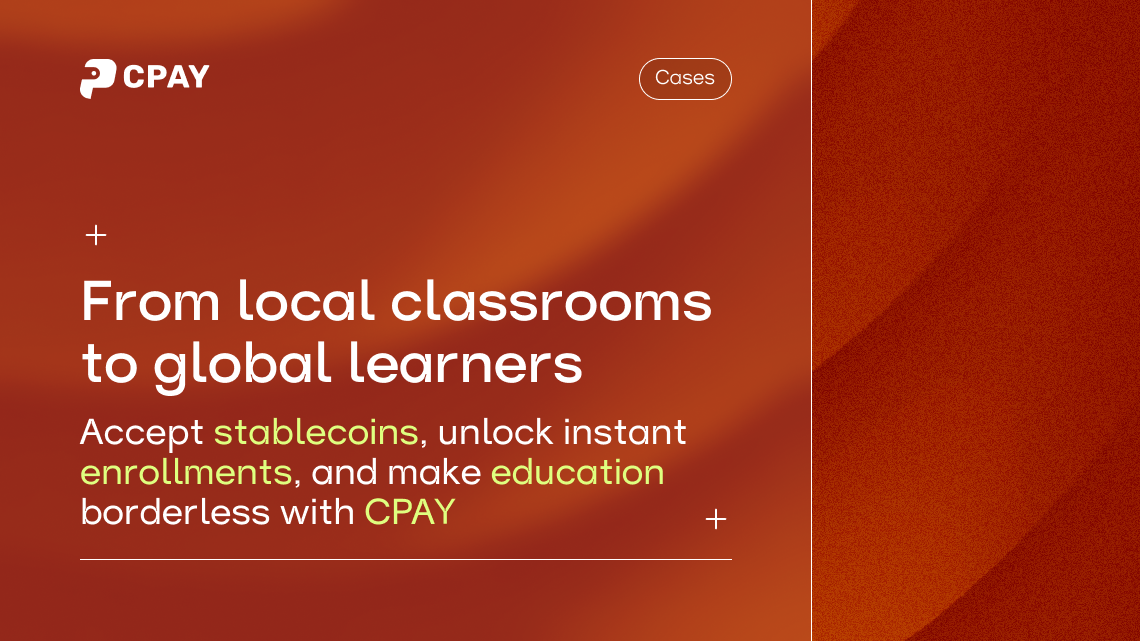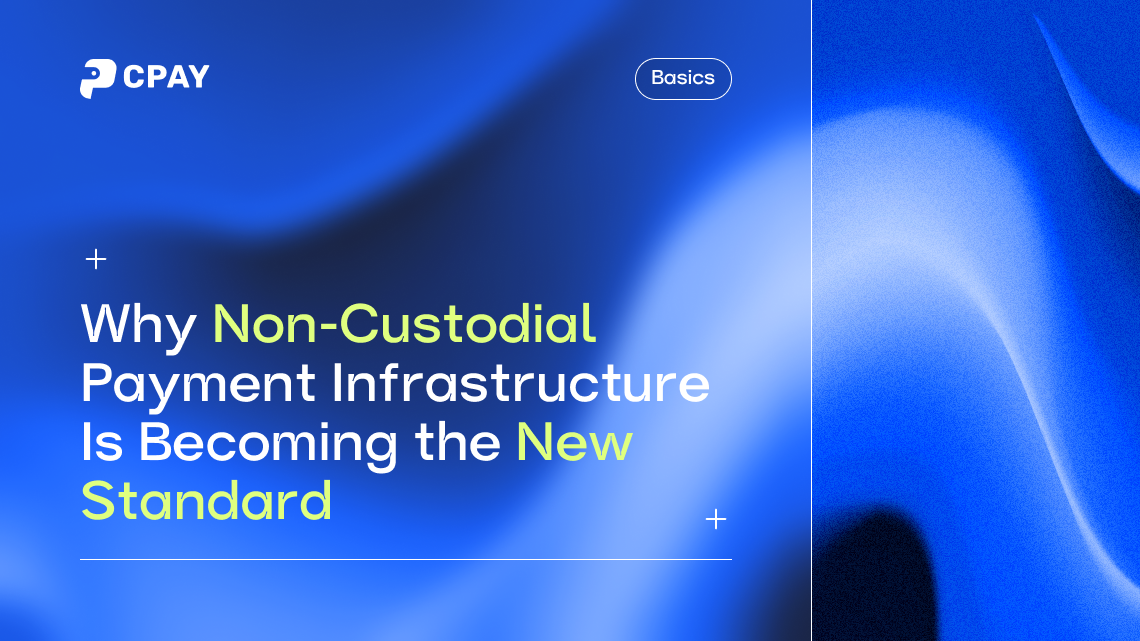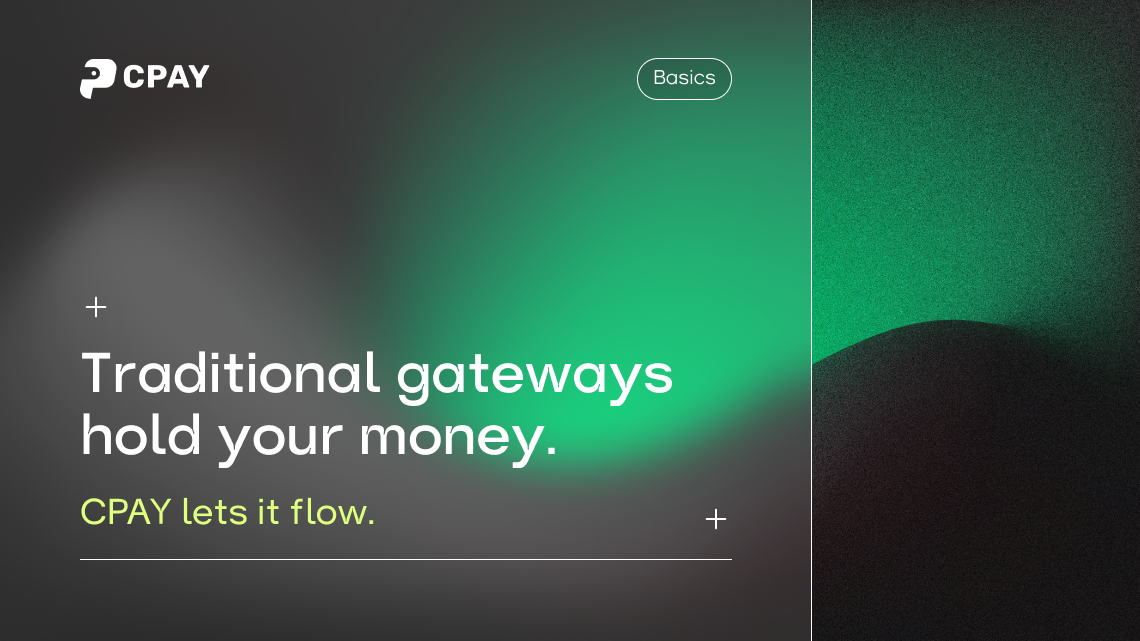Online education has already broken many barriers — geography, language, and even cost. But one challenge remains surprisingly persistent: payments.
While millions of students around the world are ready to learn online, many simply can’t pay.
In regions like Latin America, Africa, or Southeast Asia, traditional banking and card systems still exclude large parts of the population. According to the World Bank, 1.4 billion adults remain unbanked, and many rely on digital wallets or local crypto exchanges instead.
For online schools, this means a lost opportunity — not because there’s no demand, but because there’s no simple way to accept funds from these students.
The Payment Gap in Global EdTech
Educational platforms usually rely on card processors, PayPal, or localized payment systems.
But these come with hidden friction:
- Card decline rates in emerging markets often exceed 30–40%
- High transaction fees cut into margins and raise course prices
- Slow settlement times delay access to funds and limit scaling
Crypto payments — especially in stablecoins like USDT and USDC — solve all three at once.
Why Crypto Fits Education Perfectly
- Instant Enrollment, Anywhere
Students can pay for a course or subscription in minutes, using stablecoins from any region. No bank approvals, no card verification, no waiting for cross-border transfers. - Stable Pricing with Stablecoins
With USDT or USDC, platforms can price their courses in USD equivalents — protecting both sides from volatility while offering global consistency. - Access Beyond Banks
Crypto opens the door to millions of students who only have access to local exchanges or peer-to-peer wallets. For many in Nigeria, Argentina, or India, crypto is the only usable global currency. - Lower Costs, Higher Conversion
Transaction fees in stablecoins are often below 1%, compared to 3–7% for traditional payment processors. That means more affordable education — and better margins for schools. - Transparency & Automation
Blockchain payments can be easily integrated with enrollment systems: once the transaction is confirmed, the student automatically gains course access. No manual checks or reconciliation.
From Niche to Mainstream
Leading EdTech brands are already exploring crypto options. Platforms in Latin America and Asia use crypto checkout gateways to attract students who can’t pay with Visa or MasterCard.
This isn’t a niche use case — it’s a way to build inclusion into the digital classroom.
The trend also extends to educational communities that teach Web3, trading, or coding: it makes perfect sense to let students pay in the same ecosystem they’re learning about.
How to Integrate Crypto Payments
Thanks to modern APIs and plug-and-play wallets, integrating crypto payments is no longer complex.
Platforms can:
- Accept stablecoins (USDT, USDC, DAI, etc.) directly on their site
- Enable one-click crypto checkout via QR or wallet link
- Automate receipts and access credentials through smart contracts
The result: global reach with less friction — a direct connection between education and the digital economy.
The Future of Learning Is Borderless
Crypto isn’t just another payment option. It’s an on-ramp to knowledge for people who were previously locked out by geography, regulation, or outdated banking systems.
As education becomes more decentralized, it’s only natural that payments follow the same path — fast, transparent, and global.
Powered by CPAY — crypto payment infrastructure for global businesses.
Accept stablecoins, automate payouts, and expand your student base worldwide with ready-made wallet and API solutions.








